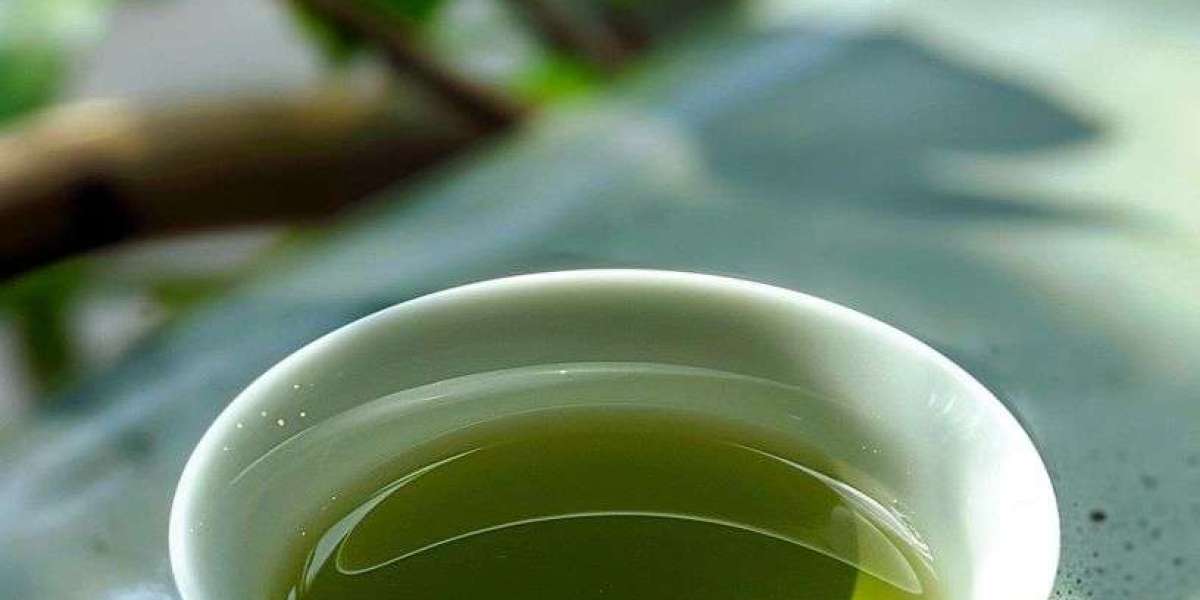1. Tea Plant Basics
All true tea comes from one plant: Camellia sinensis. This plant has two main varieties:
Camellia sinensis sinensis: Grown mostly in China, used for green and white teas.
Camellia sinensis assamica: Native to India, used for black and robust teas.
Tea plants thrive in tropical and subtropical climates, often at higher elevations. Ideal conditions include:
Well-drained, acidic soil
High humidity
Ample rainfall (1,200–1,500 mm/year)
Temperature range: 10°C to 30°C
2. Cultivation and Harvesting
Tea plants take about 3 years to mature for their first harvest. They are pruned to chest height to make plucking easier and stimulate fresh leaf growth.
Most harvesting is manual, especially for high-quality teas. Workers (often women) pluck the top two leaves and a bud, which contain the most flavor and aroma. Harvesting seasons vary by region but usually happen several times a year, with spring harvest being the most prized.
In countries with large plantations, mechanized harvesting is sometimes used for lower-grade tea or to increase productivity.
3. Types of Tea and Processing Methods
The magic of tea lies in how it’s processed. Although all teas come from the same plant, the method of oxidation—the chemical reaction when leaves are exposed to air—determines whether the tea is black, green, oolong, white, or pu-erh.
Black Tea (Fully Oxidized)
Withering: Leaves are spread out to lose moisture.
Rolling: Crushed to break cell walls and release enzymes.
Oxidation: Leaves turn dark brown as they react with oxygen.
Drying/Firing: Halts oxidation and reduces moisture content.
Green Tea (Unoxidized)
Steaming or pan-firing: Quickly halts oxidation to preserve color and nutrients.
Rolling: Shapes the leaves.
Drying: Final moisture removal.
Oolong Tea (Partially Oxidized)
Withering under the sun, then partial oxidation and complex rolling and firing.
Varies in oxidation (10%-80%), making oolong incredibly diverse.
White Tea (Minimally Processed)
Simply withered and dried, sometimes slightly oxidized.
Delicate flavor with minimal intervention.
Pu-erh Tea (Fermented)
Undergoes microbial fermentation and aging, either raw (sheng) or ripened (shou).
4. Sorting and Grading
After processing, tea leaves are sorted by size and quality. Whole-leaf teas are considered premium, while broken leaves, fannings, and dust are used in teabags.
Grading systems vary by country. For example, Indian black tea uses grades like:
OP (Orange Pekoe): Whole leaf
BOP (Broken Orange Pekoe): Broken leaves
Dust: Fine particles
5. Packaging and Export
Tea is sensitive to light, moisture, and odors. It must be packaged in airtight containers—metal tins, vacuum-sealed bags, or foil-lined boxes—to preserve freshness.
Large-scale producers package tea for both domestic and international markets. Leading exporters include:
China: Green, white, and oolong teas
India: Black teas (Assam, Darjeeling)
Sri Lanka: Ceylon tea
Kenya: Black tea for blending
6. Sustainability and Challenges
Tea production faces several modern challenges:
Climate change affects harvest cycles and quality.
Labor issues persist in plantations, including low wages and lack of workers’ rights.
Pesticide use and soil degradation can impact health and biodiversity.
Efforts to create sustainable tea farming include:
Rainforest Alliance and Fair Trade certification
Organic cultivation
Agroforestry and regenerative practices
Conclusion
From sunlit plantations to your teacup, tea travels a long and skillful path. Every step—from plucking to packaging—requires expertise and care. Understanding this process deepens our appreciation for tea as not just a beverage, but a living tradition rooted in the earth and nurtured by hands around the world.








